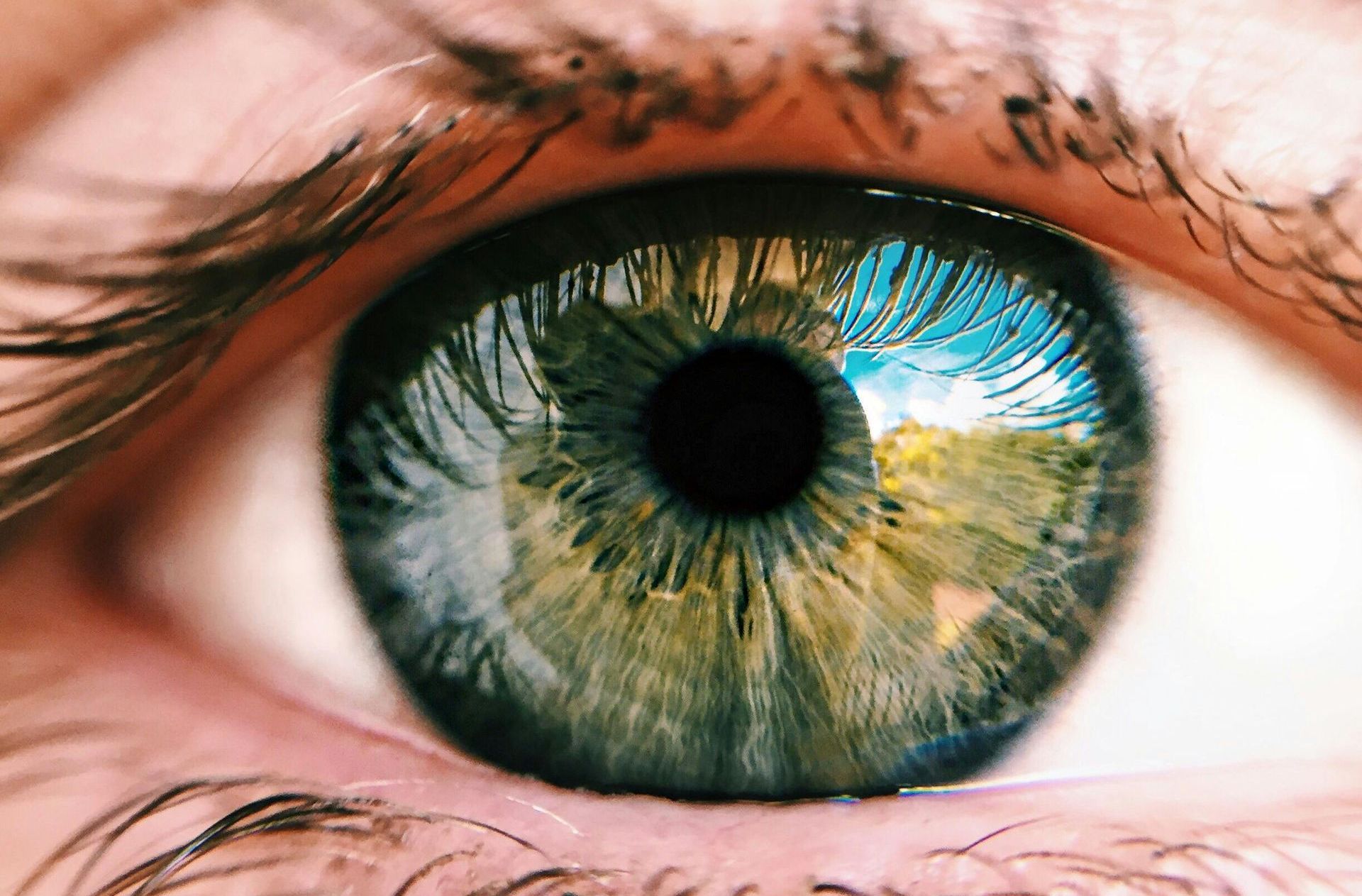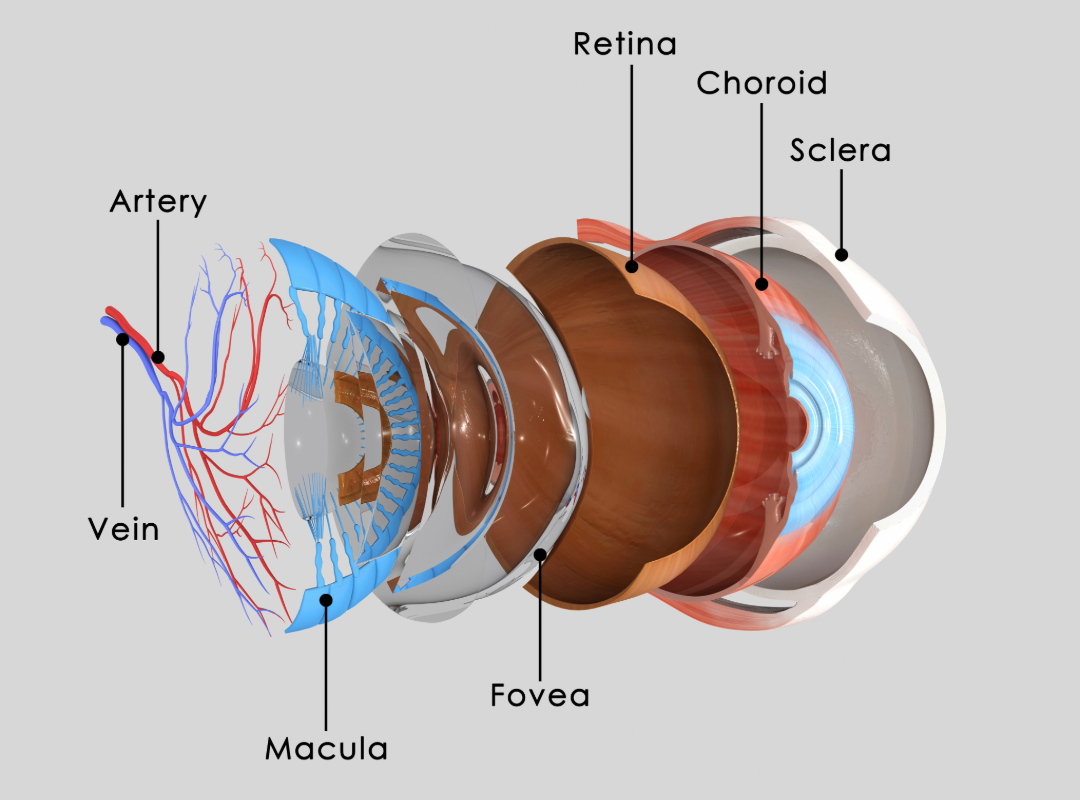Floaters and Spots
Causes, Symptoms, Diagnosis, and Treatment
What are Floaters?
Eye floaters are small, shadowy shapes that drift across your field of vision. They may appear as specks, strings, cobwebs, or other irregular shapes and are especially noticeable when looking at a plain background, like a clear sky or a white wall. They shift in response to your eye movements but often linger or trail slightly behind. Sometimes, they may be accompanied by flashes of light. While floaters are common and often harmless, they can sometimes signal a more serious underlying condition.
Are floaters interfering with your vision?
If you have spots or floaters that are impeding your vision, or are accompanied by other symptoms, it's important to seek professional care. Contact us today to book an exam.
Symptoms of Floaters
- Small, shadowy spots or shapes that move with your eye movements.
- Shapes that seem to dart away when you try to focus on them.
- A sudden increase in floaters or the appearance of flashes of light.
- Shadows in your peripheral vision.
Nearly everyone experiences floaters at some point in their lives. They may become more common and noticeable as you age. If you notice a sudden change in the quantity or size of floaters, it's important to reach out to your optometrist immediately. This can help rule out any serious issues, such as retinal detachment.
Common Causes of Floaters
The inner chamber of your eye contains a translucent, gel-like substance called the vitreous. At times, tiny flecks of protein and other materials become ensnared within the vitreous during eye development before birth and persist throughout life. The appearance of new floaters can result from the degradation of the eye fluid or its neighboring structures as we age or due to specific injuries or eye conditions.
- Age-Related Changes: As we age, the vitreous gel in the eye becomes more liquid, allowing microscopic fibers to clump together, casting shadows on the retina.
- Eye Injury or Trauma: Physical damage to the eye can cause floaters to appear.
- Retinal Tears or Detachments: Floaters can signal a serious condition like a retinal tear or detachment, which requires immediate medical attention.
- Inflammation (Uveitis): Inflammation in the back of the eye can lead to the appearance of floaters.
- Bleeding in the Eye: Conditions like diabetes or high blood pressure can cause blood to leak into the vitreous, resulting in floaters.
Diagnosing Floaters
At Saugeen Vision Centre, our optometrists are equipped to diagnose floaters during a thorough eye examination that assesses the vitreous and retina of your eyes. They may conduct special tests involving eye drops to dilate your pupils, allowing for a more detailed view. Using instruments like a biomicroscope and an ophthalmoscope, they will examine the internal health of your eyes. Your optometrist will carefully observe the floaters present and rule out any potential retinal issues.
Treatment for Floaters
Most floaters are typically harmless and seldom lead to issues. However, the appearance of new floaters or a sudden surge in their number may signal more serious concerns, such as a retinal hole, tear, or detachment. If you notice a rapid change in the size, shape, or quantity of floaters—almost as though you are being "showered" with them—please see an Optometrist immediately.









